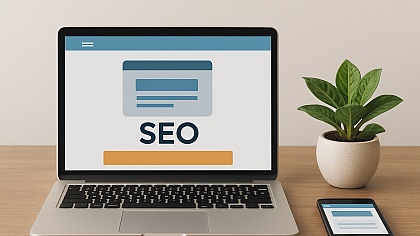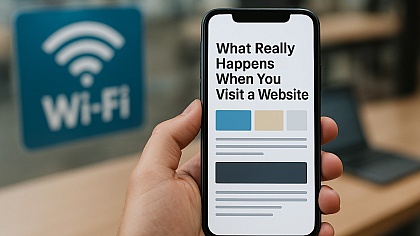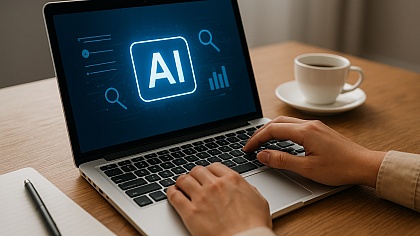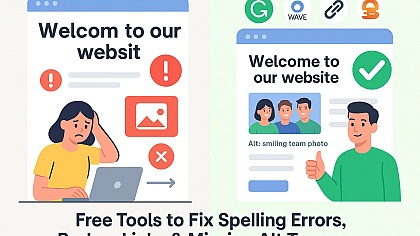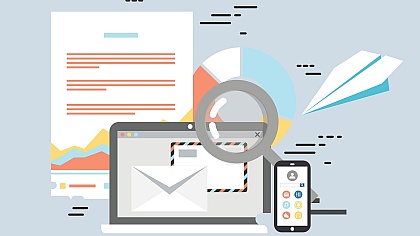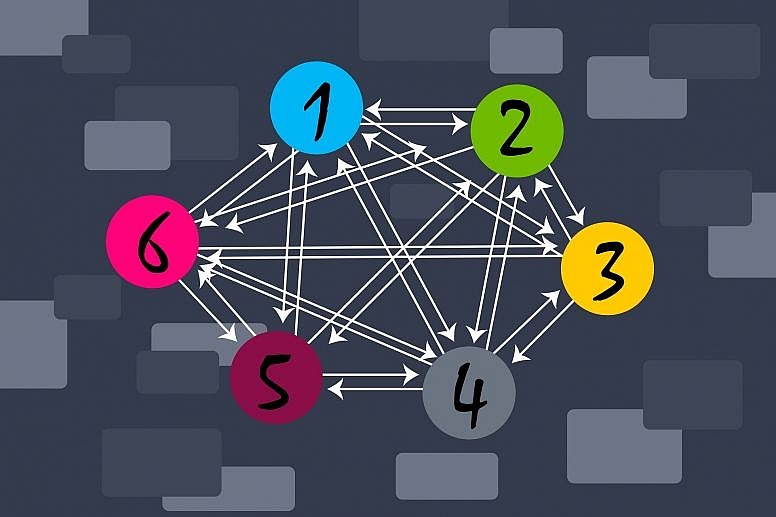
Internal Linking For SEO To Build Effective Site Structure
Internal linking in SEO is one of the most effective ways to retain and promote your site. However, to bring good results, you need to know all the nuances of linking.
What is internal linking?
Relinking is the process of linking pages and sites using hyperlinks. The way to ping backlinks increases the depth of user involvement in the resource and increases the level of the site for analysis by search engines.
Internal relinking is putting links for site promotion, which lead to another page of the same resource. That is, building a convenient general structure of the site:
• Users quickly navigate to the site.
• They stay on it and take the target action.
• Increases the depth of view.
• The site reaches the top of search results.
• The site receives more traffic.
• Increases the number of customers.
• Increases the amount of income.
Benefits of internal linking
With the right website linking strategy can achieve these results:
• Increased engagement. You can increase the number of pages viewed on the site. This will have a positive impact not only on the business indicators of the company. For example, the number of product views, an increase in the average check, and the site's position in search results. More link weight will be distributed to pages with the most competitive queries.
• There are many resources with thousands and even millions of pages, which is difficult for a new user to navigate. Proper linking will help to orient and understand how and where the visitor should go to get to the right page.
• Reducing the bounce rate. The bounce rate is the ratio between visits with refusals and the total number of visits. According to the data, a bounce rate is a visit during which the user did not perform a single action. Instead, looked at just one page and stayed on the page for less than 15 seconds. Accordingly, if a more significant number of visitors start viewing 2 or more pages, it will positively impact the metrics.
• Thanks to an internal link-building search, robots will be able to find new material on the site. For example, if the robot knows page A and has a link to page B without a ban on its indexing, it will undoubtedly scan page B.
• Distribution of link weight. A network of links can redistribute page weights so that the most important pages have the maximum "authority," thus increasing their chance of reaching the top search engines. For example, page A is promoted by the most competitive query and has a small number of links, and page B has many connections and is promoted by less competitive demands. Therefore, to help page A in advertising, you can put a link from page B to page A, thereby passing her part of the "authority."
Tools for linking
Some programs and services facilitate and accelerate the work on linking. For example, with their help, check and external linking.
• Google Search Console, Google Analytics, SemRush, and Ahrefs - check link weight distribution. Find less and optimize as needed. For example, if you want to make a link authority. Look at both internal and external link data. Keep track of errors and fix them - services will show where the system saw inaccuracies in the analysis. Check the distribution of link weights.
• SiteAnalyzer, Netpeak Spider, Screaming Frog SEO Spider - track links to non-existent pages.
How to work with internal linking?
Linking is a creative process, but there are a few guidelines that help you navigate through it better and build easy navigation:
• Work through menus. Make an internal link structure, and check the navigation logic so that the user finds the correct categories without difficulty.
• Check all the links and remove the broken ones. They are not helpful but only spoil the site's reputation and are just annoying. All resources check the robots, do not give them a reason to lower your site in prominence. You can find this and other information here.
• Periodically check all the links and remove unnecessary ones. If, after analyzing the data was found that the association had few hits, then optimize it. Remove the link if it duplicates the information or page - unnecessary links on the resource are useless.
• Use one link from each page to the URL to be promoted. No follow duplication - it will not do any good. Instead, the robot will take the higher link in the code.
• Create unique anchors for contextual links, change the wording of the numbers and cases, and add synonyms.
• Distribute link weight. Lead to the promoted pages with more links than from them to others.
• Link categories that are similar in subject matter. Obviously, yes, but there are times when companies don't pay attention to this, reducing relevancy.
• Position internal links for SEO to other pages evenly across the landing page, not concentrated in one spot.
Proper internal website linking - the best practices for promotion, which can be used on its own, in isolation from external links from other resources to yours.
Relinking can't be done once and for all. First, you should analyze the site data, decide on the structure and scheme, build a hierarchy and optimize it. Still, periodically you should check the site's performance with additional programs and services. Do not abandon the process. Look for weaknesses and work through them - increase traffic and profits.

